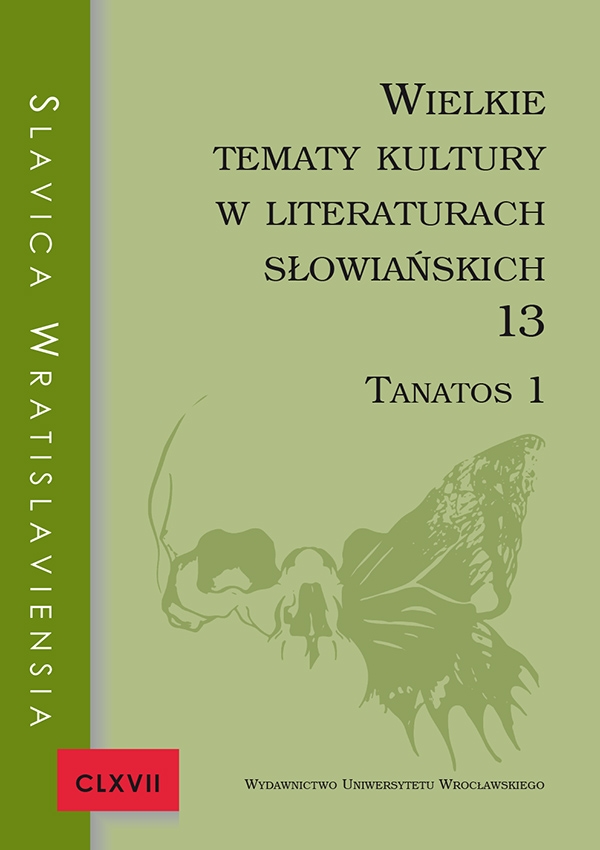

Artykuły (bez nazwy działu)

The situation of death in Old Believers’ hagiography
The article was written based on Old Russian and Old Believers’ literature. The author places special emphasis on the Old Believers’ Hagiography, especially on the Ural-Siberian Paterik created in the 1940–1990s, which was recently discovered by Siberian scientists. The author is researching the structure and topic of a plot situation related to dying of a saint or an ascetic. A complex of the key motifs, that define the death situation, is revealed. Amongst them is the motif of mystery, prophecy and the prediction of saint’s own death. It was noted that the topos of disease is of great importance — a detailed presentation of the physical suffering of the person. The motif of prayer and Communion was described next. It has been noted that the presentation of thedeparture of a saint is accompanied by his visions of afterlife. In addition, the theme of a “quiet demise” death depicted as falling asleep and few posthumous toposes, such as the transfiguration of a face after death or imperishable relics and miracles associated with them, were distinguished. It is noted that the revealed motifs, that are intrinsic to the plot topic, are reflected in the oeuvre of the leading Russian authors.
Okoliczności „umierania”w hagiografii staroobrzędowców
Artykuł napisano, opierając się na dziełach literatury staroruskiej oraz twórczości staroobrzędowców. Skoncentrowano się na hagiografii staroobrzędowców, a przede wszystkim na Pateryku Uralsko-Syberyjskim stworzonym w latach 1940–1990, niedawno odkrytym przez syberyjskich uczonych. Badaniom poddano strukturę i tematykę wątków fabularnych związanych z „umieraniem” świętego lub ascety. Wybrano zbiór motywów kluczowych dla przedstawień sytuacji śmierci. Spośród nich wyłoniono motyw tajemnicy, proroctwa oraz przewidywania przez świętych własnej śmierci. Zauważono, iż ogromne znaczenie przypisuje się toposowi choroby — szczegółowemu przedstawieniu cierpienia fizycznego chorego. Następnie opisano motywy modlitwy i przyjmowania komunii. Odnotowano, że przedstawieniu odejścia świętego towarzyszą jego wizje życia pozagrobowego. Ponadto wyróżniono motyw „cichego odejścia” śmierć przedstawiona jako zasypianie oraz kilka toposów pośmiertnych, takich jak zmiana wyglądu twarzy zmarłego czy niezniszczalne relikwie oraz wiążące się z nimi cuda. Zauważono, iż wskazane motywy, charakterystyczne dla danego narodu, znalazły swoje odzwierciedlenie w twórczości czołowych pisarzy rosyjskich